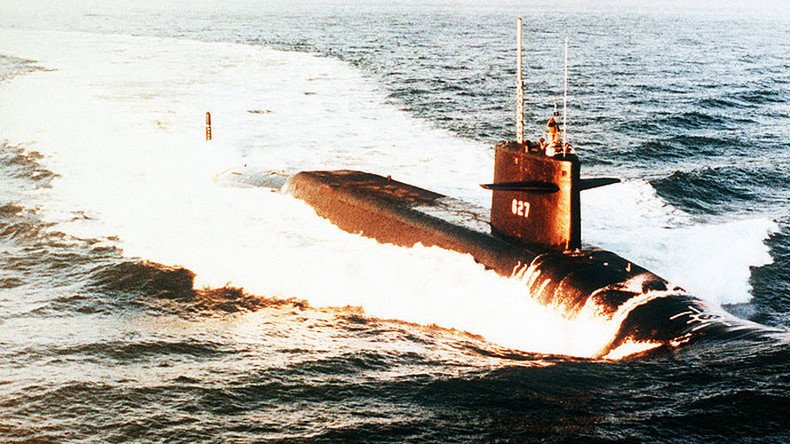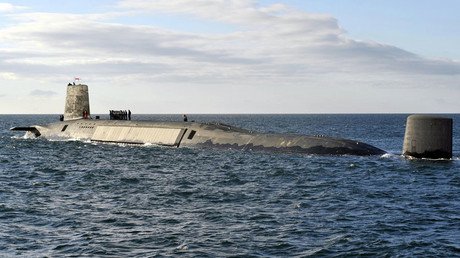CIA files: US & Soviet nuclear sub crash off Scotland ‘could have sparked global war’

Newly declassified CIA files indicate that a US submarine laden with 160 warheads collided with a Soviet vessel off the coast of Scotland in 1974. Experts say it could easily have caused nuclear war.
The files seem to confirm the long-rumored Cold War incident occurred near Holy Loch, Argyll, where the US once had a permanent nuclear base. Chillingly, the crash took place just 30 miles (48km) off the coast of Glasgow.
While the US never officially confirmed the crash had taken place, the documents show it was reported at the highest levels at the time in a memo to Henry Kissinger – then secretary of state to President Gerald Ford – on November 3, 1974.
The memo, seen by the Times, told Kissinger: “Have just received word from the Pentagon that one of our Poseidon submarines has just collided with a Soviet submarine.
“The SSBN James Madison was departing Holy Loch to take up station when it collided with a Soviet submarine waiting outside the port to take up trail.
“Both submarines surfaced and the Soviet boat subsequently submerged again. There is no report yet of the extent of damage. Will keep you posted,” the message assured Kissinger.
Experts said that in the confusion of the collision it is perfectly feasible a war could have been sparked.
“The James Madison was a ballistic missile submarine armed with 16 Poseidon missiles with 160 nuclear warheads,” nuclear weapons expert Hans Kristensen told the Times.
In the worst case scenario, the collision could have triggered explosions that ignited the ballistic missile fuel and ejected or destroyed the warheads, said Kristensen.
There was also a clear possibility for a war “if the crew on one of the submarines had misinterpreted the collision as an attack and decided to defend itself and sink the other submarine,” he added.
The revelation comes just days after it emerged a British test-fired Trident missile veered off course towards Florida during an exercise in June 2016. The missile was not nuclear armed at the time.













